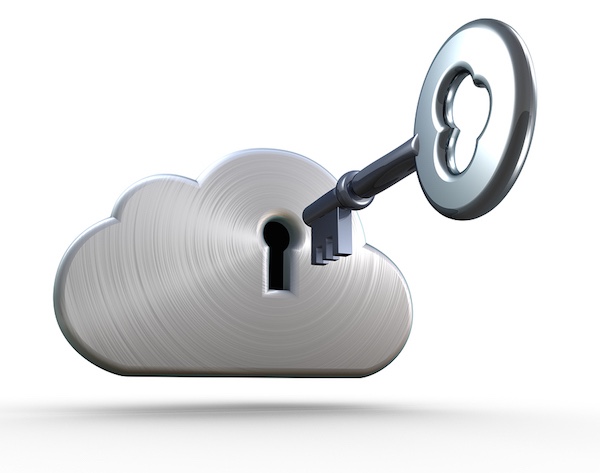Client Confidentiality and the Digital Age

Attorney-Client Privilege
In the legal field today, there is a never-ending stream of confidential, client information being exchanged electronically. Securing client data and information is essential to protecting the data and, ultimately, the relationship with the client. Data storage, whether in physical servers or the cloud, is always a concern in terms of security and the danger of illegal access.
Email and privacy
As the digital age has come about, there has been legislation enacted protecting confidential information stored and exchanged online—in particular, the Electronic Communications Privacy Act of 1986 ("ECPA") made it a criminal act to hack into an e-mail communication. Unfortunately, as we know, that doesn't stop illegal activity, and the legal community has been less than vigilant when it comes to protecting client data. The American Bar Association (ABA) found that most lawyers were not encrypting their email, and instead, relied upon the confidentiality statements within the body of emails to secure them. Relying on confidentiality statements is a terrible way to protect client information because the people seeking to obtain that information have no concern for the law, let alone confidentiality statements. The better way to protect the exchange of information by way of email is to ensure that all emails are encrypted.
Securing client data
While no system is completely hack-proof, there are ways to make files more secure, the simplest and most effective of which is to create strong passwords. Effective passwords should be at least six characters and include a combination of numbers, letters, and symbols (@, #, $, %). It should contain upper- and lower-case letters, and should not contain a word that can be found in the dictionary. Never use any personal information such as an address or birthdates that can be researched. Passwords should be required on all desktops, smartphones, and tablets. A good software security system that updates regularly is also essential.
Electronic signatures and verification
Sending hard documents back and forth for signatures can be problematic and cumbersome. Fortunately, there are a couple of ways to exchange signatures electronically without having to print out a document, sign it, and scan it to return to the sender—some better than others.
- Electronic signature - An electronic signature can be a typed name or a digitized image of a handwritten signature. E-signatures are not very secure and tend to be problematic in terms of privacy and security. Therefore, an electronic signature is considered an insecure way of signing documentation. An example is the Adobe signature application that anyone can use to "sign" a document on a PDF form using a computer mouse or stamp.
- A digital signature (standard electronic signature) takes the electronic signature process several steps further and makes the signature more like a fingerprint. This fingerprint is actually a coded message for the sender and receiver and ensures the authenticity of the signer. Digital signatures prevent people from changing the document and protects it from unauthorized access by providing both the sending and receiving computers with special password or "key" that allows only those computes to access the document. Implementing digital signatures is the better way to exchange signatures electronically, and should be used whenever possible.
Keeping up with the latest technology for securing client information takes time, energy, and resources. Unfortunately, as the processes improve for data security, so does the sophistication of those with bad intentions. The best way to keep client information safe is ensuring that all hardware is password protected, that company storage systems are current, and that strong security and encryption programs are in place.
Get More Clients With Legal Services Link
Create your FREE profile and get listed in our attorney directory to start receiving email notifications of relevant legal projects.

